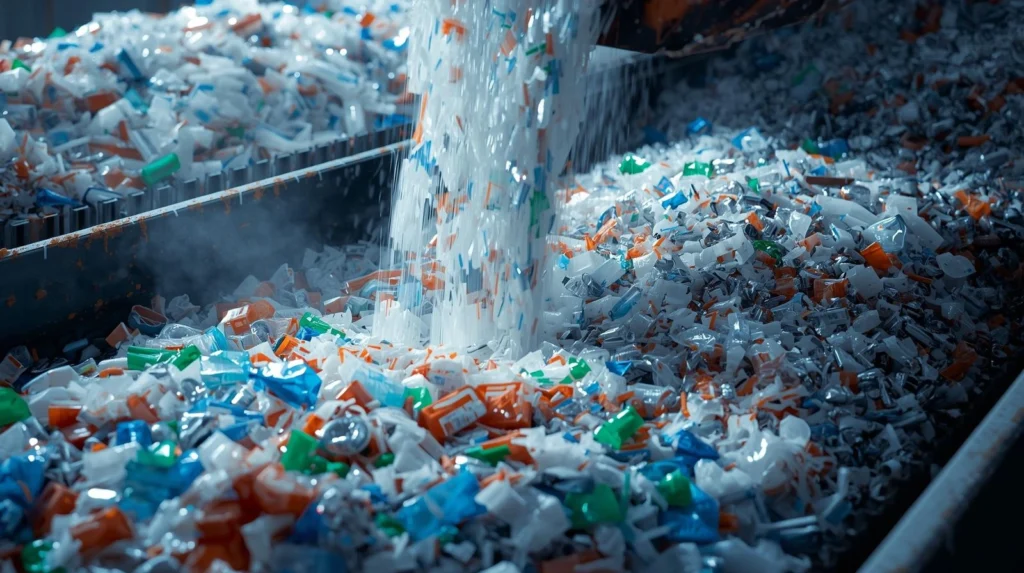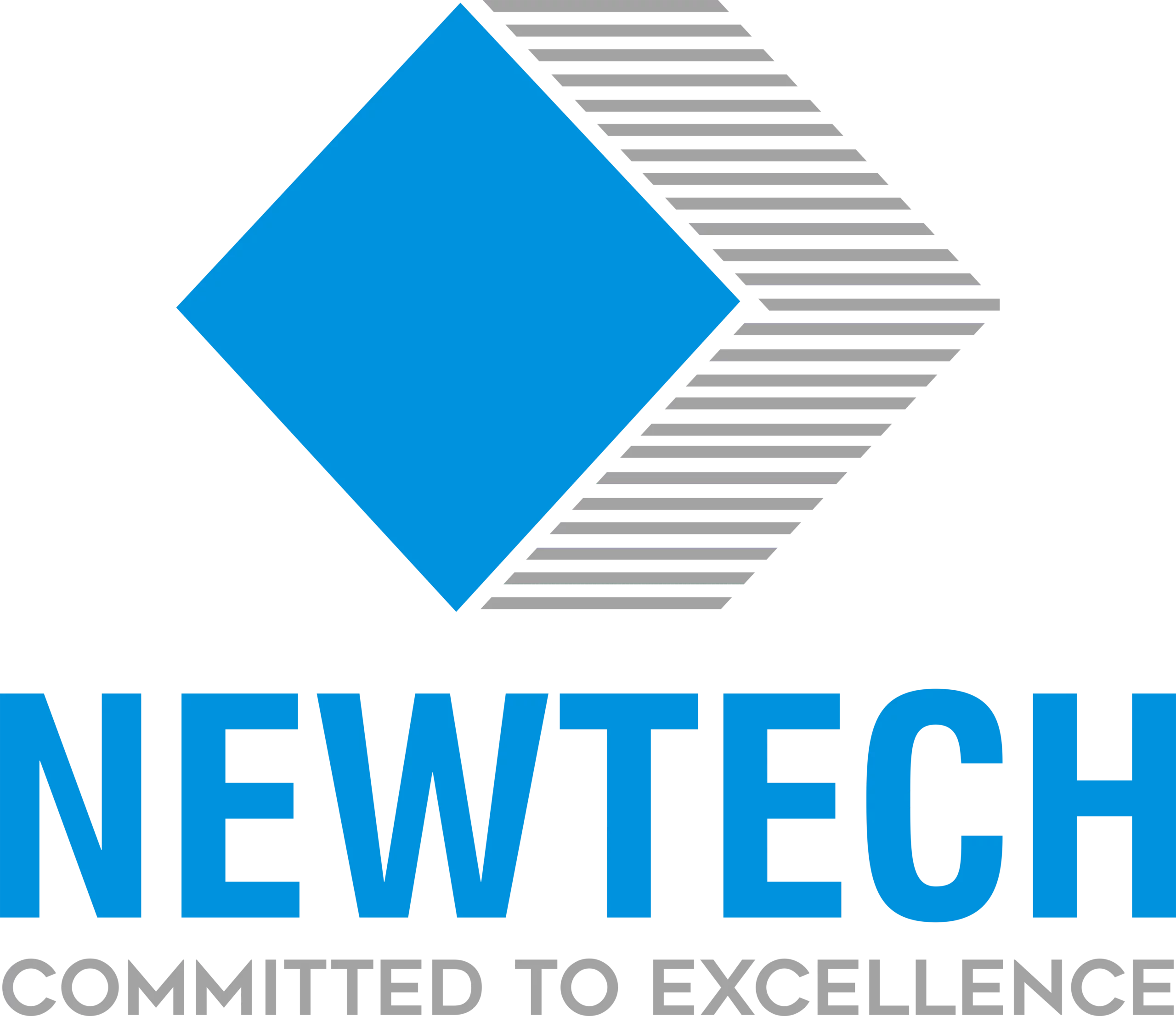Recycling can often feel confusing, especially with different rules and guidelines in various regions. Questions like “Do I need to wash my plastic trays before recycling?” or “Should bottle caps be left on?” are common. Understanding what happens to recycling after it’s collected can help you recycle more effectively and avoid common mistakes.
What Happens to Your Recycling?
Once collected, household recycling usually goes to a material recovery facility (MRF). These facilities are large buildings filled with conveyors and sorting machines designed to separate and process recyclables efficiently. While some countries use separate bins for different materials, many regions collect household recycling in a commingled system, meaning all recyclables are collected together.
At the MRF, machines do most of the sorting, but humans are also involved. About 20% of sorting is manual, primarily to remove items that could damage equipment, such as clothing, cooking pans, or electronics. This initial check ensures that large, inappropriate items don’t slow down the automated process.
How Recycling is Sorted
Recyclables are processed in several stages. Disc screens separate materials by size, allowing smaller items to fall through while larger items, such as cardboard, are removed. Glass is shattered into fragments, metals are separated using magnets and eddy currents, and optical sorters identify paper using light and cameras.
Even with automation, humans perform quality checks to remove items that machines cannot properly sort. For example, medicine blister packs, which contain both plastic and aluminum, may be removed manually to prevent contamination of the recycling stream.
Do You Need to Wash Your Recycling?
Not always. Small amounts of leftover food generally do not require washing, but large chunks—like a slice of pizza—should be removed. There’s no need to clean out bottles or containers used for shampoos, cosmetics, or other non-food items. The recycling process, especially at specialized facilities, is designed to remove chemical contamination during plastic extrusion.
Which Plastics Can Be Recycled?
Plastics are sorted by polymer type at dedicated facilities. Products often have a triangle with a number inside, known as the resin identification code, indicating the type of plastic:
- PET/PETE (Polyethylene Terephthalate): Common in soft drink bottles; widely recycled.
- HDPE (High-Density Polyethylene): Found in milk bottles; widely recycled.
- PVC (Polyvinyl Chloride): Used in pipes, toys, and window frames; not widely recycled.
- LDPE (Low-Density Polyethylene): Plastic bags; recycled at specific locations like supermarkets.
- PP (Polypropylene): Takeaway containers and lids; recycled in some curbside programs.
- PS (Polystyrene): Yoghurt pots and plastic cutlery; limited recycling options today.
- Other plastics: Mixed plastics like acrylic or nylon; generally not recycled in household collections.
Plastics that are widely recycled include PET, HDPE, and increasingly, PP. Caps do not usually need to be removed if they are plastic, though metal caps should be separated.
Recycling Process for Plastics
At plastic recycling facilities, materials are cleaned, sorted by polymer and color, shredded into flakes, and then processed into new products. For instance, HDPE milk bottles can be recycled back into new milk bottles in a nearly closed-loop system, while colored plastics may be downcycled into products like garden furniture or drainage pipes.
Some plastics, like mixed colors known as “jazz plastics,” cannot be recycled into their original form and are instead transformed into darker-colored products. Facilities are also equipped to remove chemical contamination from plastics, ensuring recycled products are safe and high quality.
Recycling Paper and Cardboard
Paper and cardboard are highly recyclable, but food contamination can spoil the fibers. At paper mills, the material is placed in a pulper, a giant vat with water and paddles, to separate fibers and remove contaminants like plastic, staples, or glitter. The pulp is then diluted, pressed, and dried to form new paper or cardboard products. Contamination-free paper can be recycled over 25 times, making it a highly sustainable material.
Recycling Glass
Glass recycling works best when sorted by color—green, brown, and clear—since mixed colors are downcycled into materials like insulation. Large glass items are broken into fragments, separated by size, and then sent to facilities that can melt and reform them into new products.
Challenges and Tips for Effective Recycling
- Small items: Materials smaller than 5cm (2 inches) may slip through sorting machinery.
- Silicone and similar contaminants: Can damage plastic recycling streams and need to be manually removed.
- Packaging design: Manufacturers are encouraged to design packaging that is easier to recycle, such as using the same type of plastic for both bottle and cap.zzzz
It is important to check local guidelines for recycling, as not all materials are accepted everywhere. If unsure, check the label or consult your local authority.
Global Recycling Rates
Recycling rates vary widely around the world:
- Australia – 25%
- Belgium – 34%
- France – 24%
- Germany – 48%
- South Korea – 57%
- UK – 27%
- OECD average – 24%
Improving recycling relies on a combination of effective collection systems, eco-friendly packaging, and responsible consumer behavior.
Conclusion
Recycling is more than just throwing items into a bin—it’s a carefully managed process involving multiple sorting stages and sophisticated machinery. Understanding what can be recycled and how to prepare items for collection can significantly improve efficiency and reduce contamination. By following best practices and staying informed about local rules, we can all contribute to a more sustainable, circular economy.


